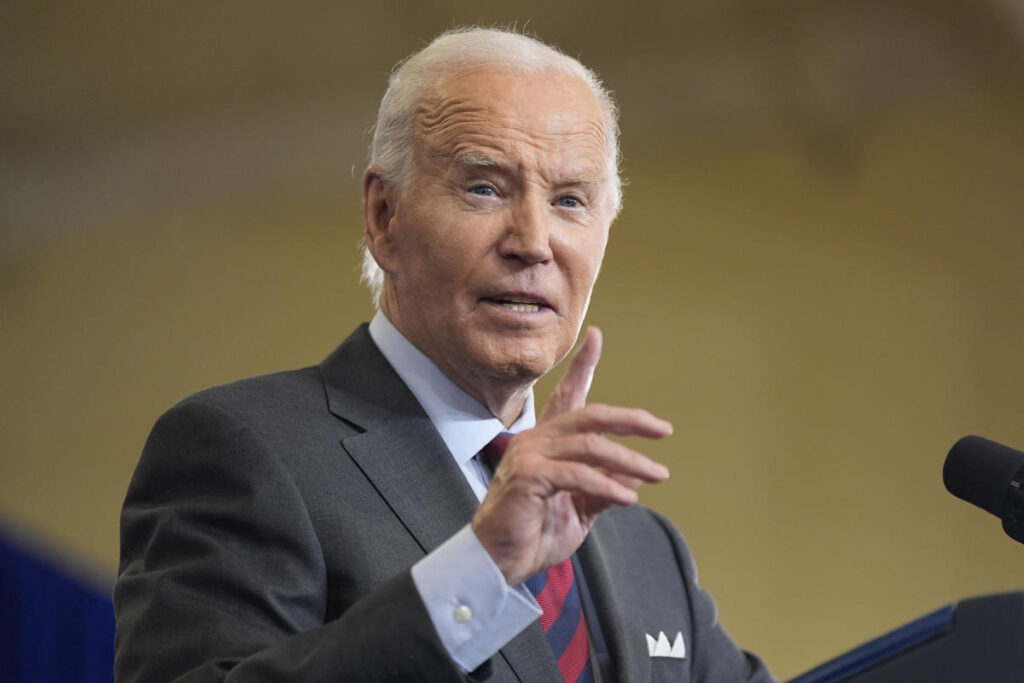The Biden administration has unveiled a new initiative aimed at providing a pathway for student loan cancellation to Americans facing severe financial hardships, including medical bills and child care costs. This proposal, announced recently, marks President Biden’s third attempt at student loan forgiveness amid ongoing legal battles with Republican-led states. His first major plan was struck down by the Supreme Court last year, and a second attempt faces legal delays instigated by a federal judge in Missouri. As the administration navigates these challenges, there is uncertainty surrounding the timeline for this new rule, especially given Biden’s imminent departure from office in just a few months. Like previous efforts, this proposal could face conservative opposition claiming it to be unconstitutional and unfair.
If officially adopted, the new rule would empower the Education Department to actively cancel loans for borrowers deemed likely to default within the next two years, specifically targeting individuals with an 80% chance of defaulting. Additionally, borrowers would have the opportunity to submit applications for a review to determine their eligibility for loan forgiveness. The aim is to support those who may never be able to repay their student loans, with estimates indicating that approximately 8 million Americans could potentially qualify. Education Secretary Miguel Cardona emphasized that the current student loan framework is broken, making it exceedingly difficult for those in unfortunate financial situations to seek relief.
The proposal defines potential eligibility criteria based on various factors indicative of financial hardship, including household income, age, reliance on public benefits, and total debt—beyond just student loans. Furthermore, it allows the inclusion of additional hardship indicators as identified by the Secretary. Typically, a loan is considered in default after nine months without a payment. Cardona stated that currently, around one million individuals fall into default each year, and implementing this new rule would mitigate costs associated with attempting to collect on loans from borrowers unlikely to repay.
The plan’s rollout includes a public comment period of 30 days before it can be finalized, with an indication that the administration aims to complete the rule by 2025. However, the timing is precarious, coinciding with the upcoming presidential election on November 5, thus adding an element of uncertainty to its future. Vice President Kamala Harris, the Democratic nominee, has yet to articulate a specific plan regarding student debt cancellation, while former President Donald Trump has characterized Biden’s proposals as both unfair and illegal.
This latest policy stems from a federal rule-making process that involved input from various higher education experts, and advocates had strongly urged for the inclusion of provisions addressing financial hardships, arguing that many borrowers find themselves trapped in unmanageable debt. The Biden administration asserts that it operates under the authority granted by the Higher Education Act, which permits the Secretary to waive debts in certain circumstances. This rationale bears resemblance to previous legal arguments supporting other proposed debt relief strategies, such as those benefiting specific borrower categories based on factors like accumulated interest or the age of their loans.
Biden campaigned on the promise of student loan cancellation, yet many of his most ambitious plans have faced significant legal roadblocks from Republican entities. Last year’s Supreme Court ruling halted his proposal to forgive up to $20,000 for millions of borrowers, following lawsuits from several Republican states. Amid these legal struggles, the administration has increasingly directed focus on utilizing existing programs to cancel student loans for eligible borrowers, particularly through programs aimed at public service workers, boasting a total of approximately $175 billion canceled for around 5 million borrowers. The hardship criteria, initially part of the halted second plan, was subsequently separated into this new initiative to allow for deeper exploration and definition of the details involved.

